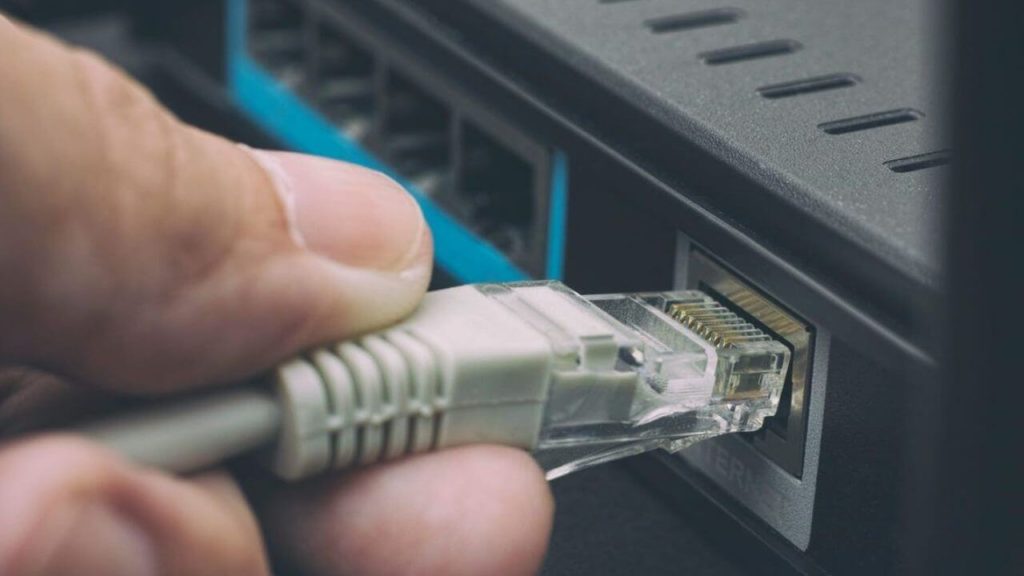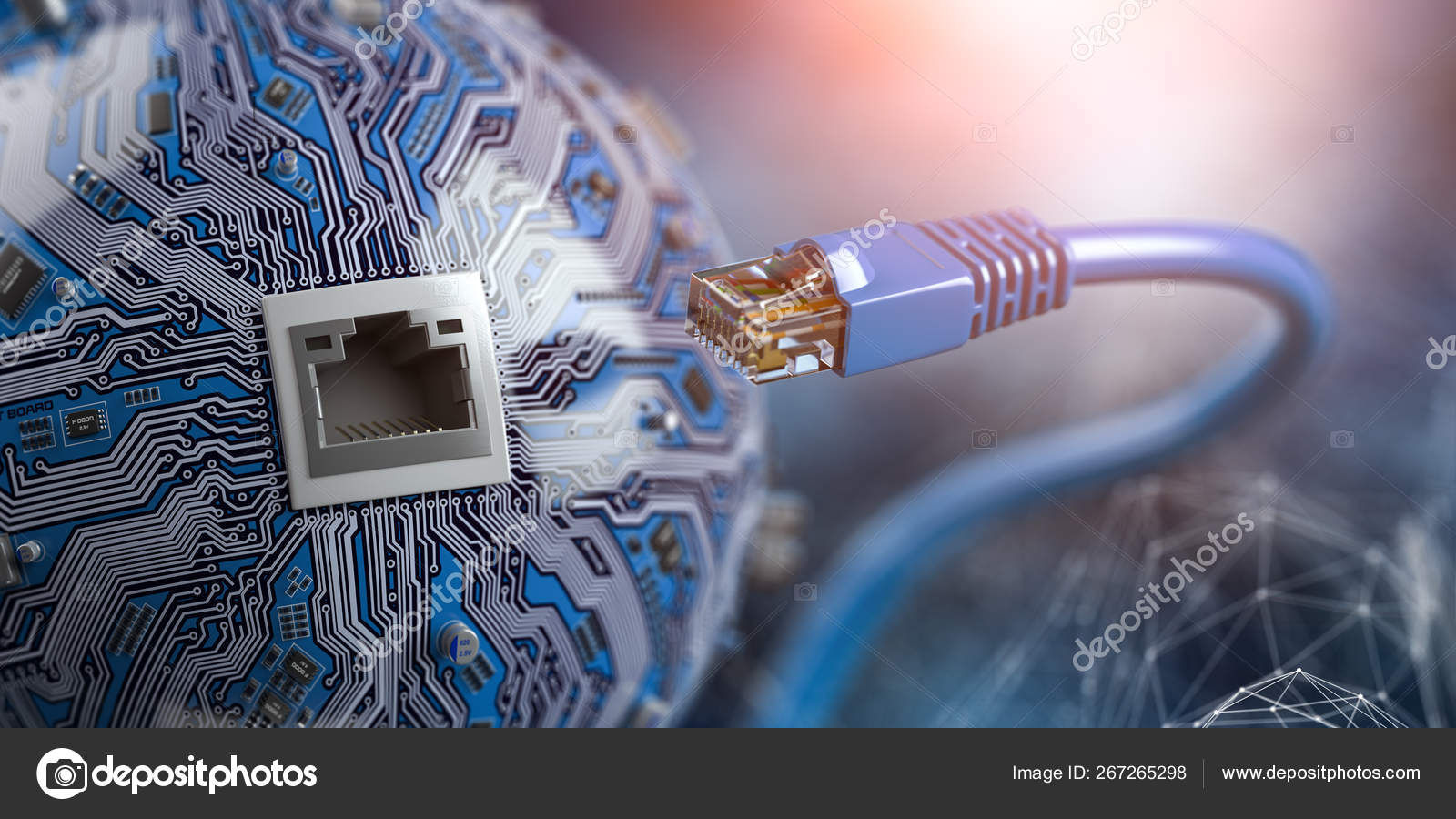Ethernet is a type of computer network that uses protocol 802.3 as its standard. Like Wi-Fi, Ethernet is designed to transfer data at high speeds, but the major problem is that it is slow and limited by packet collisions. In order to solve this problem, Bob Metcalfe, a Ph.D. student at Harvard University, came up with a better solution: listen before you talk. In 1972, he built the first experimental Ethernet system at Xerox PARC. This system could link two servers and mainframes at speeds of 2.94 Mbps. Because it was built with cheap coaxial cable, the speed was limited to a few megabits per second, but it was fast enough to connect four computers.
Ethernet cables
Ethernet is the standard for Ethernet networks, but there are many variations in Ethernet cables. There are different standards and categories, too. The lowest, Cat5, is the most common. It is obsolete and has several disadvantages. In contrast, Cat5e is an upgraded version of Cat5 and reduces interference caused by electrical cables. Compared to the former, the newer Cat6 standard allows for faster speeds and has thin wires. However, the lower speed can cause crosstalk problems, which makes it less practical for use in offices.
Ethernet Network
Despite these drawbacks, Ethernet is still widely used today. In fact, Ethernet cables are on almost every networking device. While Ethernet may not be the best choice for home users, they can work well for office networks. These wired connections enable multiple devices to connect to each other. And they can be used for more than one purpose. For instance, if you want to connect multiple computers and other devices to your home network, you can use multiple LAN cables.
Ethernet Versions
Early versions of Ethernet were developed by Xerox engineers. The first Ethernet devices connected via hubs. Later, the throughput increased to about 100 megabits per second. During the mid-1990s, the speed of Ethernet was nearly doubled, and IEEE has continued to improve it. Current versions of Ethernet support operations up to 400 gigabits per second. They are widely used in offices and data centers. So, while Ethernet is a popular choice, consider its limitations.
Types of Ethernet cables
There are several types of Ethernet cables. Some of them are short and do not require power. Others are large and have multiple ports. For business use, Ethernet cables may be more convenient for home networking. If you need to connect computers to a network, you can buy a switch that can do the same job as a router. A splitter can be installed between two devices, and it should be installed near the router. Its name suggests that the two devices are connected.
Ethernet Cables Benefit

Ethernet is a common network technology. It has many advantages. For example, it can be used in business environments. Its low-cost cost makes it an excellent option for small businesses. In addition, it is widely used in many areas. This means that there are a number of ways to use it. And it is often possible to expand Ethernet beyond your home. You can connect more devices and still have a reliable connection. And it’s easy to set up an Ethernet switch.
Disadvantage of medium Ethernet
The main disadvantage of shared medium Ethernet is that it is collision-prone. Computers using the same cable cannot communicate with each other. It also is difficult to install in an office environment. Its cable plans often conflict with the star topology cable plan. It can be more expensive than its industrial counterpart. It is difficult to connect a single network. So, twisted pair Ethernet is the better choice in offices. This type of networking is commonly used for data transmission.
Ethernet Excellent Choice
In a business network, Ethernet is an excellent choice because it’s both reliable and scalable. It has no limits. While it does require physical cables, it is the most reliable network solution. Most people are familiar with wired Ethernet. Besides its versatility, it is also fast. Aside from this, it can be used in most locations. And with its reliability, it’s ideal for small and medium-sized business networks. It’s a good choice for security.
As an internet-based protocol, Ethernet provides high-speed data communication. Because it uses cables, it’s very flexible and can be used in a variety of applications. For example, a wireless network is ideal for connecting multiple computers. Another type of Ethernet network is a wired network that uses the same type of cable as the rest of the building. Its use is ubiquitous and is great for business and home-use. There are several disadvantages to this connection, though.

